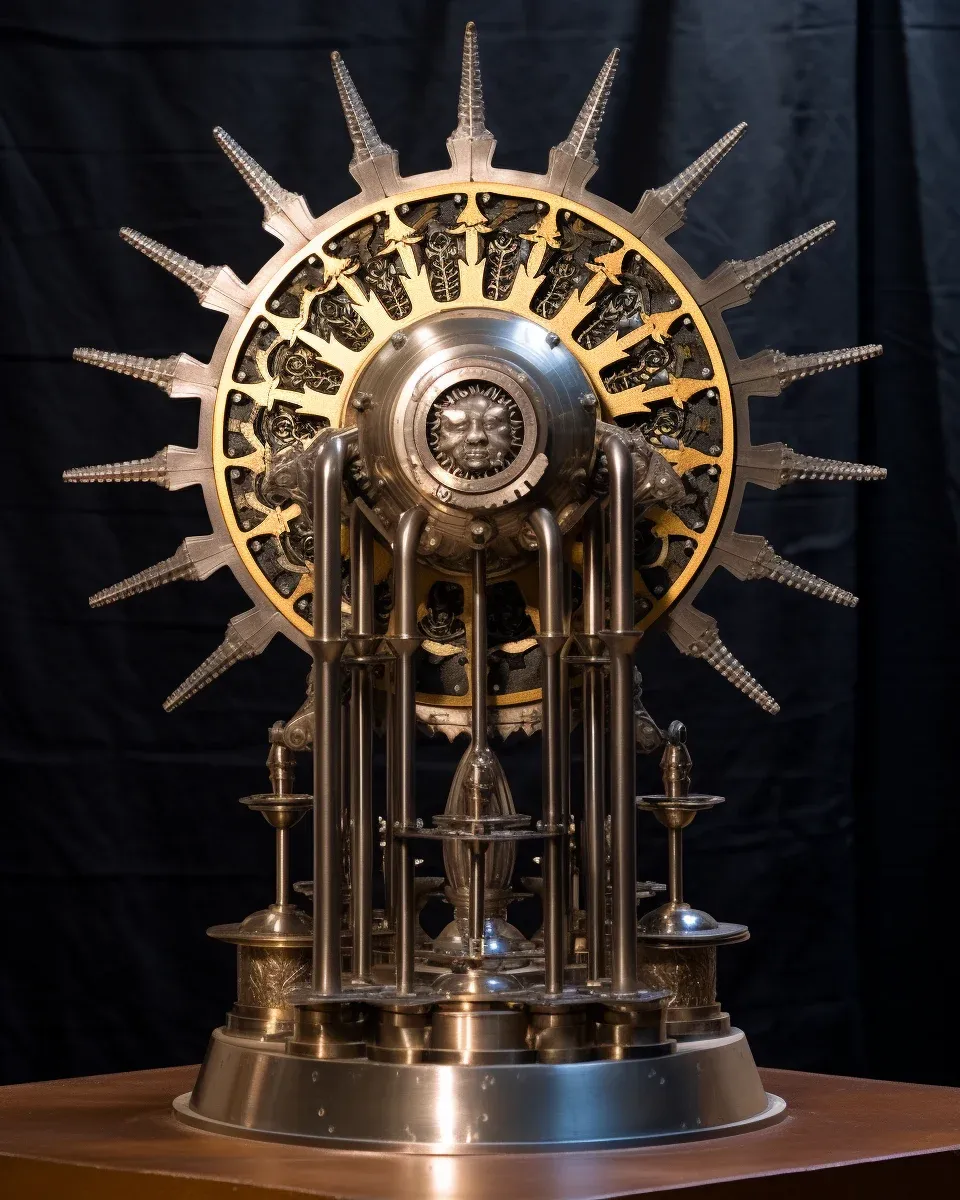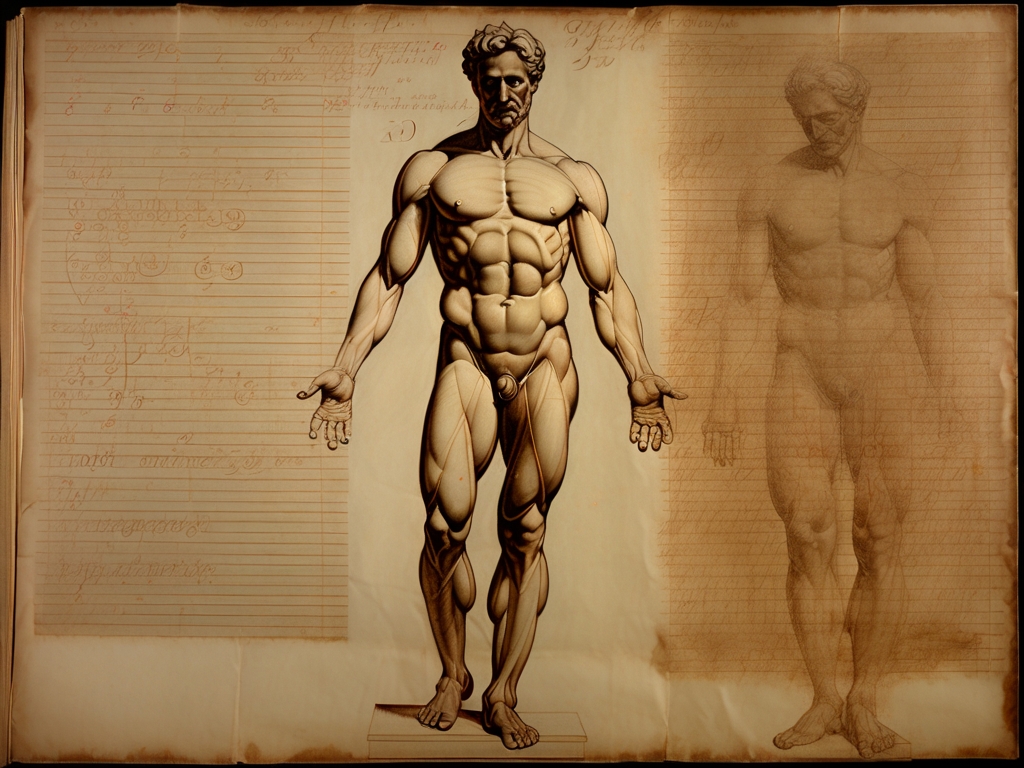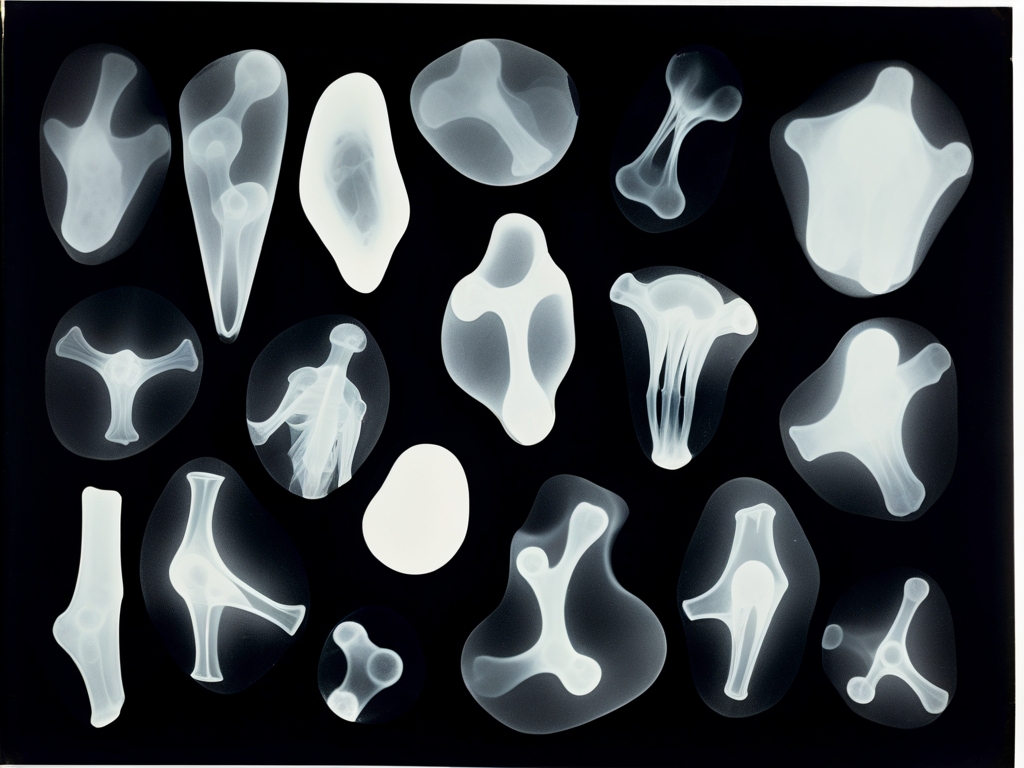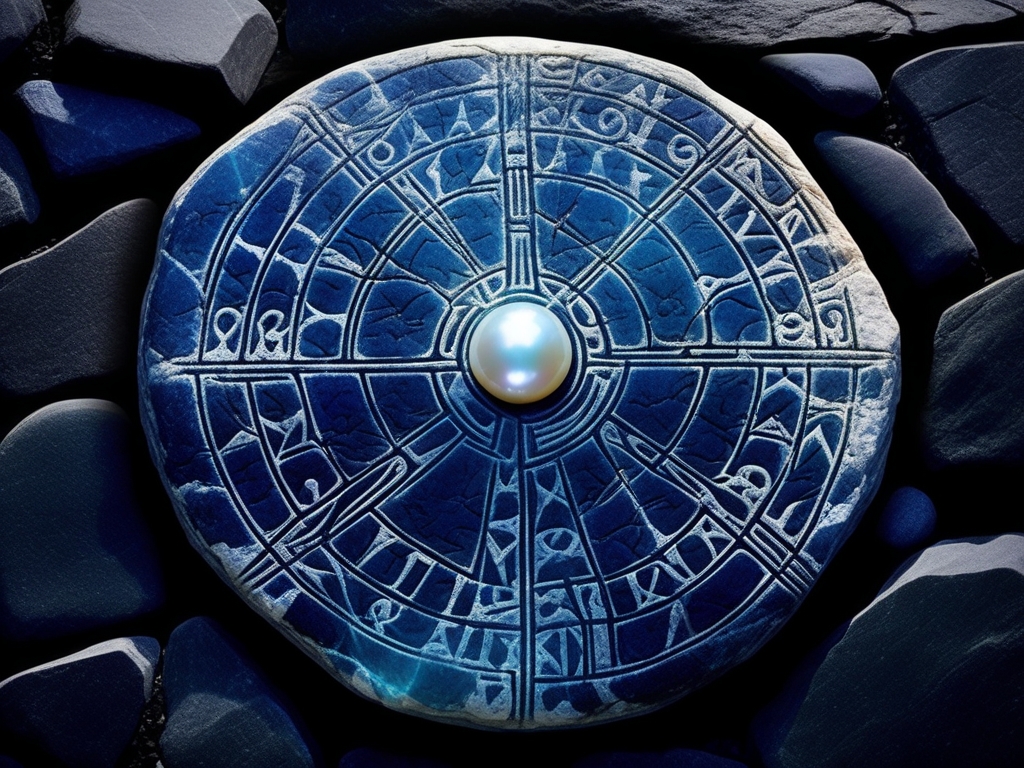The Clockwork Zodiac

In the dimly lit halls of the Ravensfield Collection, Elias Thornwood's "Chronos Astrolabe" commands attention. This fusion of Victorian ingenuity and cosmic mystique has baffled scholars and enthusiasts for over a century.
Thornwood, a reclusive horologist obsessed with time and celestial spheres, created this masterpiece during the Spiritualist movement. The Astrolabe's central face, adorned with a snarling sun motif, seems to pulse with an inner light. Twelve intricate figures represent the zodiac signs, each a mechanical marvel. But it's the thirteenth segment, deliberately left blank, that has sparked countless theories.
Legend speaks of Thornwood's final days, locked away in his workshop. Neighbors reported hearing unearthly chimes and seeing flashes of otherworldly light. When authorities breached his home, they found the inventor slumped over his creation, his face frozen in an expression of both terror and ecstasy.
The Chronos Astrolabe isn't just a timepiece; it's a portal. Thornwood tapped into something beyond our comprehension, and the price was steep.
- Dr. Evelyn Blackwood, Parapsychologist
Subsequent owners reported increasingly bizarre phenomena. Clocks nearby ran backward, while those who gazed too long at its workings suffered vivid nightmares of vast, starlit voids and tentacled entities.
On twelve occasions, aligned with the zodiac calendar, the Astrolabe's hands would spin wildly before stopping on a specific figure. Within days, a person born under that sign would vanish, only to reappear weeks later, aged decades and babbling of impossible geometries and civilizations beyond the stars.
The thirteenth slot remained dormant until the winter solstice of 1923. As midnight approached, the mechanism quivered and emitted a low hum. The blank segment flickered with otherworldly symbols before settling on an unknown glyph.
What followed was a week of global upheaval. Tidal patterns shifted, auroras danced in tropical skies, and every newborn child came into the world with eyes of solid obsidian. When normality returned, the Astrolabe fell silent, its thirteenth segment once again blank.
To this day, the Chronos Astrolabe defies explanation. Its gears turn without power, and those studying it report feeling watched by something vast and ancient. Visitors often find themselves drawn to its hypnotic movements, sensing the weight of cosmic indifference.
In an age of scientific certainty, Thornwood's creation reminds us of the universe's unfathomable depths, whispering of realities beyond our grasp and questioning our place in a cosmos far stranger than we dare imagine.




